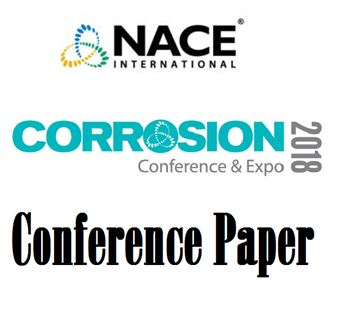Search
Products tagged with 'h2s/co2 system'
View as
Sort by
Display
per page
51318-11623-The Effect of High Partial Pressure of CO2 on the Corrosion Mechanism of Carbon Steel in H2O-CO2 Systems
Product Number:
51318-11623-SG
Publication Date:
2018
$20.00
Fe3O4, FeCO3 or FeS - Which Corrosion Product Will Prevail at High Temperature in CO2/H2S Environments?
Product Number:
51320-14413-SG
Publication Date:
2020
$20.00


